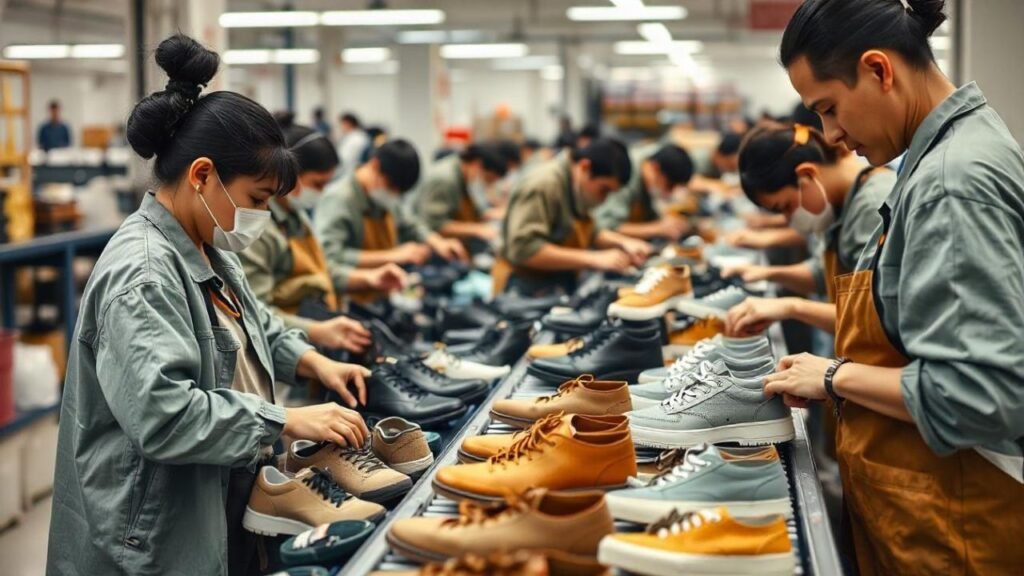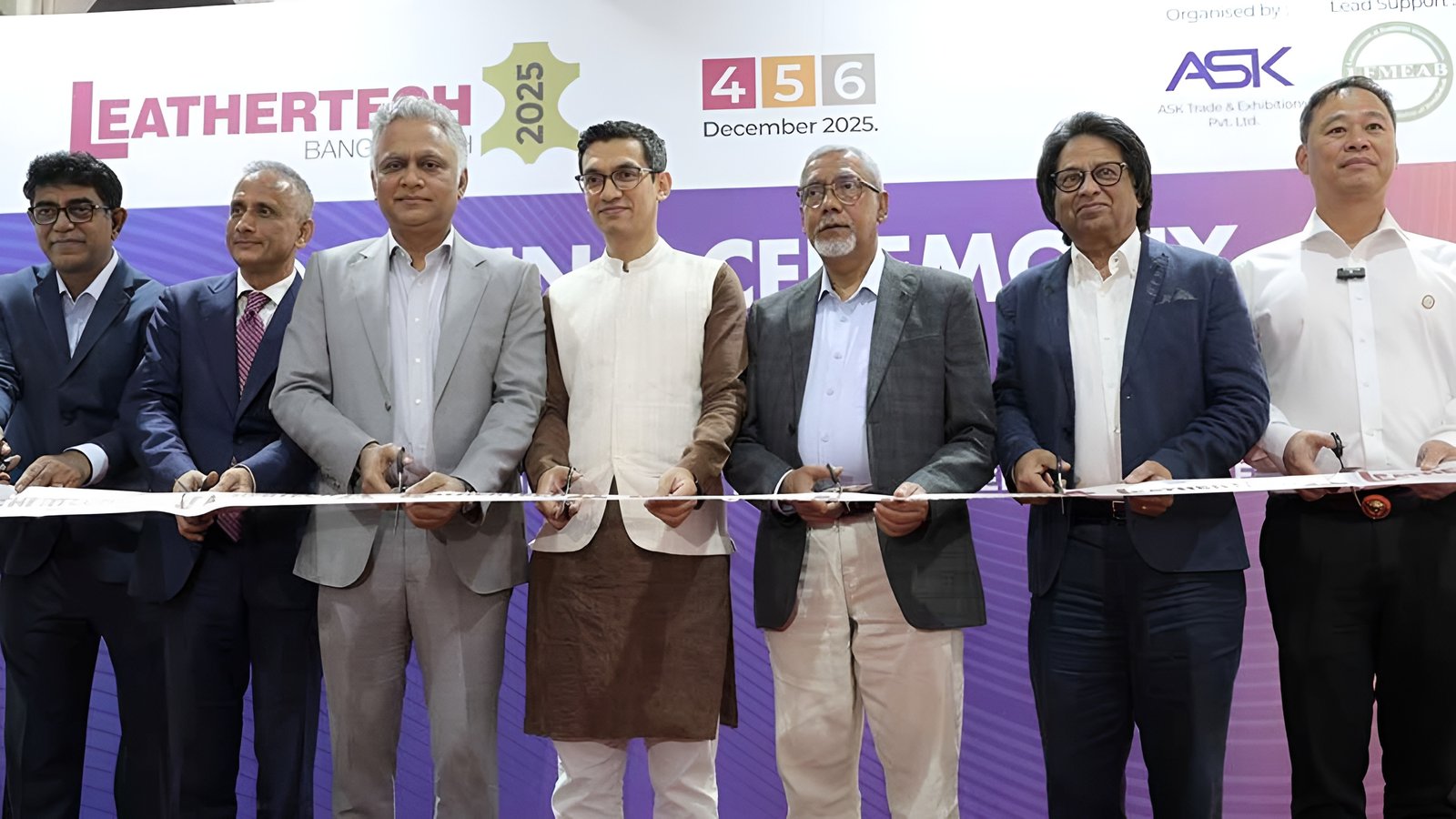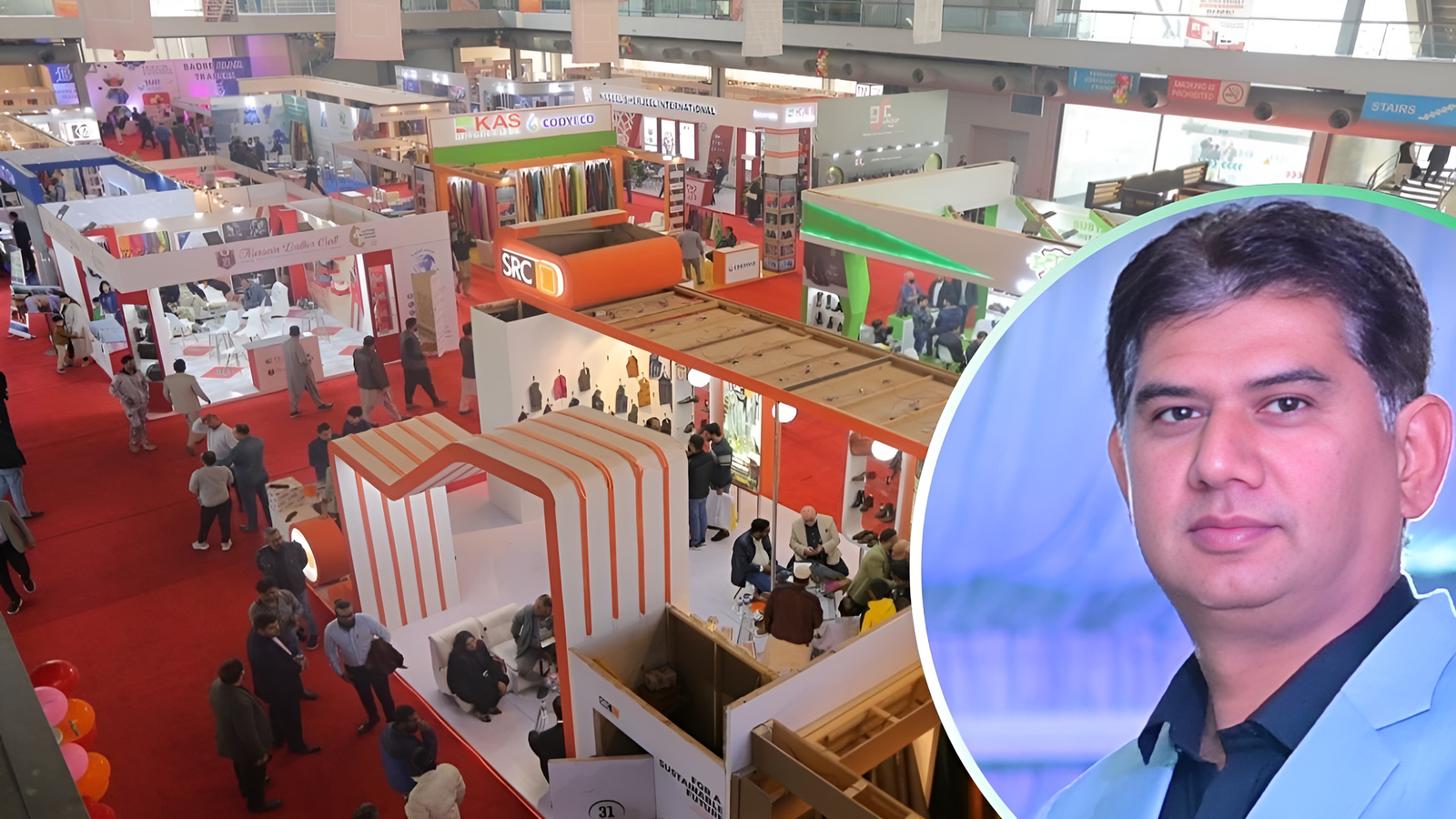Vietnam’s footwear industry is making significant mark in 2024, with exports surpassing $16.53 billion in the first nine months, reflecting a robust 12.5% year-on-year growth, according to data from the General Statistics Office (GSO).
This milestone ranks footwear as the fifth largest export product, joining the elite group of seven items with export turnovers exceeding $10 billion.
This growth aligns with a broader trend in the country’s manufacturing sectors, particularly textiles and garments, where orders from both domestic and international clients are ramping up as the industry gears up for the peak production season towards the end of the year.
While the Vietnam Leather, Footwear and Handbag Association has noted a recovery in orders, the sector is grappling with significant labor shortages.
Ms. Phan Thi Thanh Xuan, Vice President and General Secretary of the association, highlighted this challenge, noting that in labor-intensive industries like footwear and textiles, the workforce is the backbone of production.
The lack of workers poses a substantial hurdle to maximizing output and meeting the growing demand.
However, Xuan remained optimistic, stating that the industry’s double-digit growth is a promising sign for the remainder of the year.
Projections suggest that Vietnam’s leather and footwear sector could meet its ambitious target of $27 billion in export revenue by the end of 2024.
The statistics show that Vietnam’s footwear exports to key global markets remained robust throughout 2024.
- Exports to the United States saw a 17.1% increase, reaching $5.58 billion
- European Union (27 countries) imported $3.63 billion, marking a 14.3% rise.
- China also climbed by 5.5%, amounting to $1.32 billion during the first nine months of the year.
In addition to overcoming labor issues, the sector is also addressing supply chain vulnerabilities, particularly around raw materials.
At a recent event on the Comprehensive and Progressive Agreement for Trans-Pacific Partnership (CPTPP), Ms. Xuan revealed that the association has submitted a proposal to the Ministry of Industry and Trade.
The proposal aims to establish a trading center for raw materials, which would boost Vietnam’s ability to secure the materials necessary to meet the standards required for export markets.
This proactive approach could significantly reduce the industry’s dependence on imported raw materials, which currently account for 65% of production costs.
If successful, it would streamline production, boost order fulfillment rates, and set the stage for accelerated growth, with the potential to expand Vietnam’s fashion industry to $100 billion by 2030.
Also read Bangladesh Leather Exporters Demand Urgent CETP Solutions to Boost Global Sales












